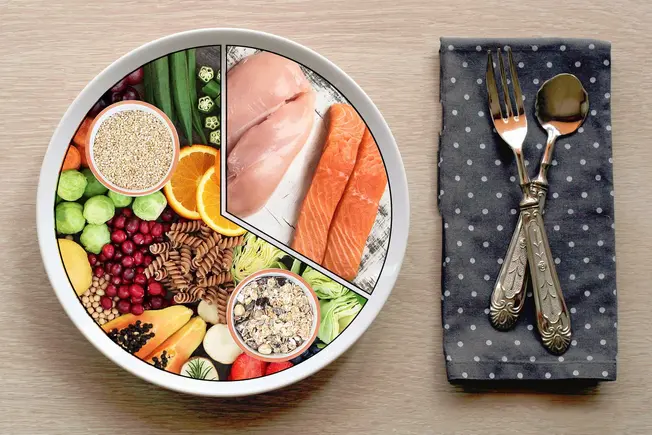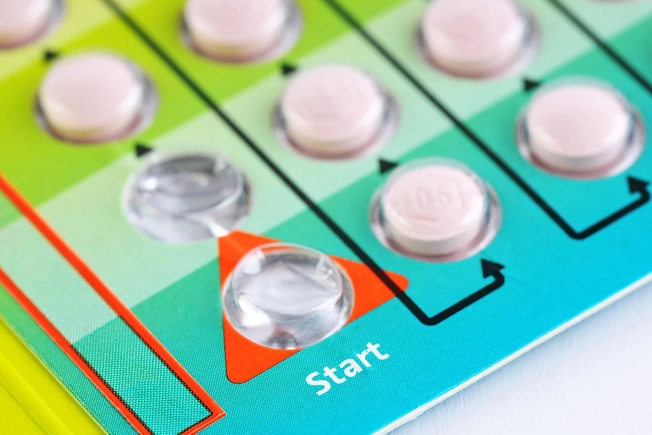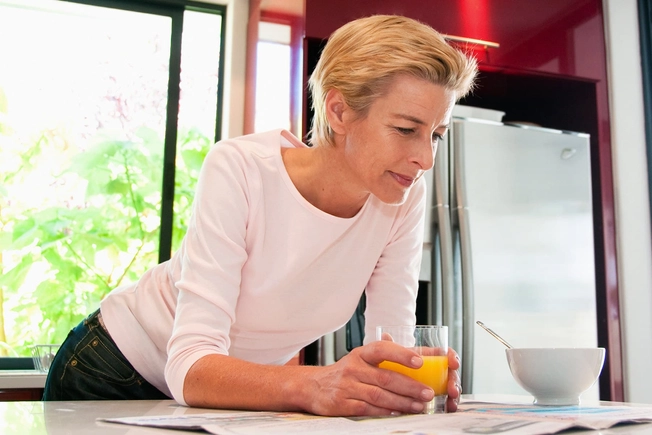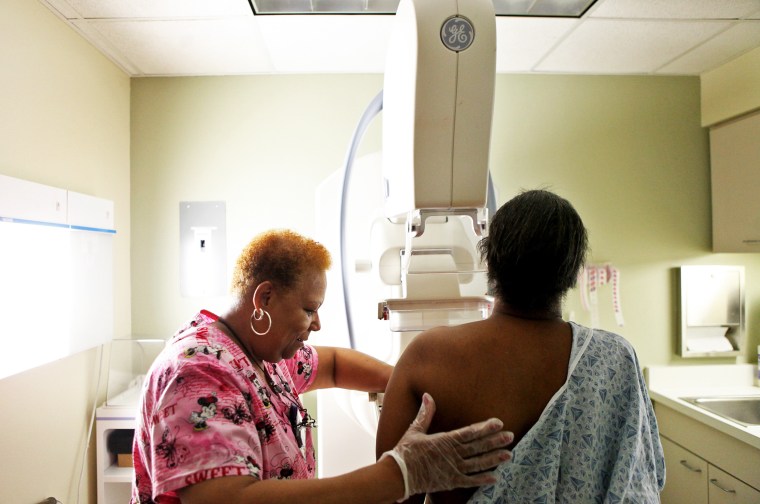A study published Wednesday in Environmental Health Perspectives identified 921 chemicals that increase the risk of breast cancer and found that 90% are ubiquitous in consumer products, food and drinks, pesticides, medications and workplaces.

More than 900 chemicals commonly found in consumer products and the environment have been linked to breast cancer risk in a new study.
The study, published Wednesday in Environmental Health Perspectives, identified 921 chemicals that increase the risk of breast cancer and found that 90% are ubiquitous in consumer products, food and drinks, pesticides, medications and workplaces.
The list includes chemicals like parabens and phthalates, which are commonly found in makeup, skin and hair care products; and numerous pesticide ingredients, including malathion, atrazine and triclopyr, which are used on food and in household pest control products in the U.S.
Breast cancer among young women has increased in recent years. Between 2010 and 2019, diagnoses among people 30 to 39 years old increased by 19.4%, and among those ages 20 to 29, rates increased by 5.3%.
This change is too fast to be explained by genetics, so researchers have begun looking more closely at potential environmental causes for the disease.
A 2020 study found that women who used chemical hair straighteners more than six times a year had about a 30% higher risk of breast cancer than those who didn’t use chemical straighteners. Those products typically contain one or more of the chemicals identified in the new study as increasing the chances of getting breast cancer.
Women of color face greater risk. Studies have shown that products marketed to women of color tend to be more toxic and are more likely to contain chemicals associated with increased cancer risk compared to products marketed to white women.
To conduct the new study, researchers at Silent Spring Institute, a nonprofit breast cancer prevention research group, developed a new method to quickly identify compounds that can increase the likelihood of the disease.
“We know there are lots of environmental chemicals that can increase breast cancer risk, but we need more efficient and more effective ways to identify them so they can be regulated and reduced,” Jennifer Kay, a research scientist at Silent Spring Institute and lead author of the study, told Environmental Health News.
Historically, regulators have used animal studies to determine whether chemicals cause mammary tumors in mice to assess whether they could increase breast cancer risk in humans, but these studies are slow and expensive.
In 2016, the International Agency for Research on Cancer published a landmark study outlining 10 ways that carcinogens cause cancer to develop.
Since then, scientists and regulators have begun working to identify chemicals that have those characteristics as a quicker, less expensive way to determine whether exposure to them is likely to increase cancer risk.
“What’s unique about our approach is that we recognized that breast carcinogens tend to increase hormonal activity,” Kay explained. “So for this study, we looked at whether chemicals increase certain hormonal activities that are known to increase breast cancer risk.”
Kay and her team looked specifically for chemicals that activate estrogen receptors in breast cells and for chemicals that cause cells to make more estrogen or progesterone, both known risk factors for breast cancer.
More than half of the chemicals on their list cause cells to make more estrogen or progesterone and about a third activate the estrogen receptor. An additional 278 of the chemicals on the list have previously been found to cause mammary tumors in animal studies.
Kay noted that while there are tens of thousands of chemicals used in commercial products in the U.S., they only had access to data on whether chemicals interact with hormones from the U.S. Environmental Protection Agency (EPA) for about 2,200 chemicals.
“If EPA was more comprehensive about screening chemicals for potential hazards,” she said, “our list would likely be a lot longer.”
Children’s exposure and future breast cancer risks
Evidence also suggests that children’s exposure to these chemicals during key developmental windows can increase their risk of developing breast cancer later in life and that these types of exposures can even increase the odds of negative outcomes for multiple generations of women.
Many of the chemicals listed in the new study are common in products made for children. For example, many kids’ lotions and shampoos include parabens and phthalates, and the pesticide “malathion” is commonly used as an ingredient in lice treatments for children.
“Kids getting exposed to these chemicals is particularly concerning, because at younger ages kids are very vulnerable,” Kay said.
Avoiding cancer-causing chemicals
In the absence of meaningful regulations, numerous nonprofit organizations have developed resources aimed at helping consumers avoid chemicals that could raise their cancer risk, including Silent Spring Intitute’s Detox Me app, the Anticancer Lifestyle Program, the Environmental Working Group’s Healthy Living App, the Made Safe database and Clearya.
Kay said she hopes that as a result of the study, this method will be used to screen chemicals for other types of cancer risk and that regulatory agencies like the EPA will use the research to more quickly identify and regulate chemicals that could be hazardous.
“We have now found hundreds of chemicals that could increase breast cancer risk,” she said.
“We’re actively working on translating this research for regulators, epidemiologists and cancer researchers so we can all work together to advance breast cancer prevention.”
































